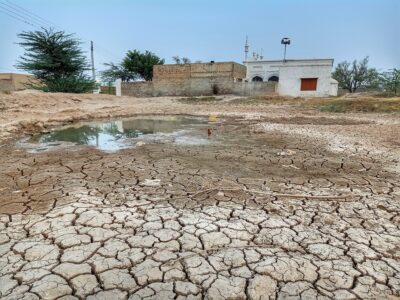For decades farmers in North Gujarat, India have been tapping the region’s groundwater at unsustainable rates. Water tables have fallen precipitously during this time and local aquifers at now at risk of collapse. Unfortunately, the government has also supported this overuse by providing cheap electricity to farmers to power groundwater pumps. Today, securing enough water for crops has become difficult for many farmers and a financial burden on the state.
In 2008, PepsiCo Foundation provided a six million dollar grant to the Columbia Water Center to initiate a joint pilot project to address the water-energy crisis in Gujarat. This video introduces the project, and features interviews with Upmanu Lall, Director of the Columbia Water Center and Vijay Modi, Director of the Modi Research Group.
More Information: Columbia Water Center: Gujarat, India




Perfectly said by Tamil, We need to get Sustainable energy source for all our indians across india.
All the states should follow the model which was time proven by the gujarath government.
Sustainable energy is important to all people. Need to secure enough water to all purpose is important one.
In 2008, 88% of the population in India had access to an improved water source, but only 31% had access to improved sanitation. In rural areas, where 72% of India’s population lives, the respective shares are 84% for water and only 21% for sanitation. There are actually a good deal of projects in India that are already focused on installing solar projects, both for rural villages and larger utility-scale programs. These solar projects can also be used to generate water for the community.